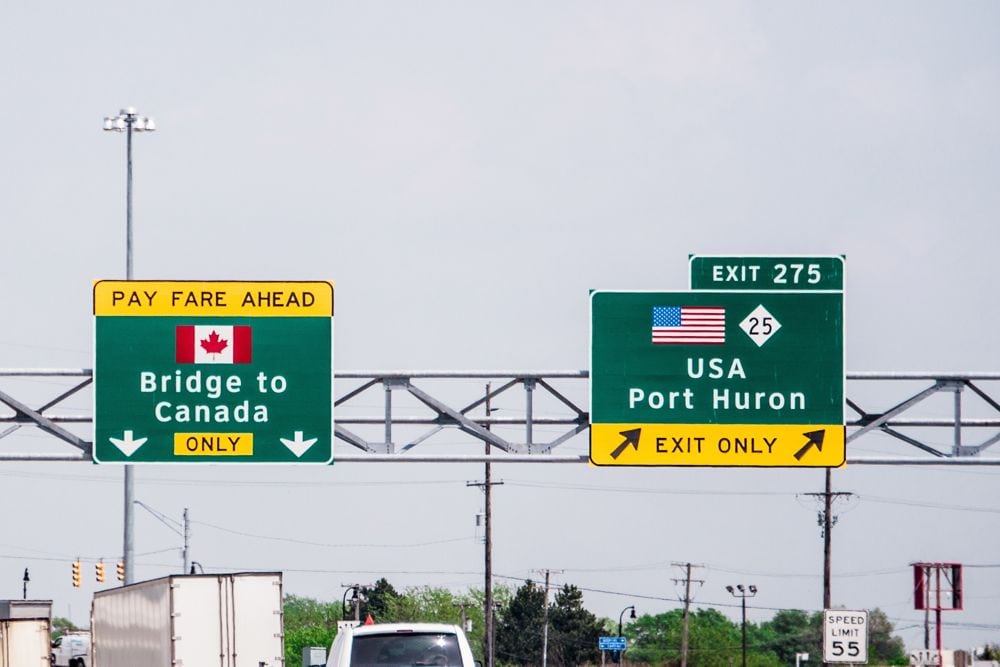Report ranks provinces by projected impact of broad U.S. tariffs

Glacier FarmMedia—Alberta and Saskatchewan will be among the provinces hardest hit by U.S. tariffs, according to an assessment by the Conference Board of Canada.
The Feb. 19 report looks at the impact on individual provinces of 25 per cent U.S. tariffs on all non-energy imports.
The report also assumes Canada will impose retaliatory tariffs.
The report suggests Alberta will be most affected, only slightly ahead of Newfoundland and Labrador and Saskatchewan. New Brunswick and Nova Scotia are ranked as the least impacted.
Read Also


Nova Scotia launches livestock price insurance pilot
Nova Scotia joined New Brunswick and Prince Edward Island in the two-year Maritime Livestock Price Insurance Pilot the federal government announced today.
Agriculture was cited as an industry at risk in both Manitoba and Saskatchewan.
Alberta is projected to see a 1.4 per cent fall in GDP, since 90 per cent of Albertan exports go to the U.S. While oil would be one of the hardest-hit sectors in Alberta, the oil support industry is expected to feel the most strain in Newfoundland and Labrador. That sector is expected to see a 1.4 per cent decline.
Saskatchewan would also see 1.4 per cent drop in GDP due to the importance of agricultural exports. According to the report, long-term impacts will depend on how easily U.S. suppliers can replace Saskatchewan’s resources.
British Columbia, ranked fourth-lowest among the provinces for impact, would see modest losses due to only 51 per cent of goods being exported to the U.S. (among the lowest of any province). The projected GDP decrease was 1.2 per cent below baseline.
Manitoba would also be one of the less-impacted provinces, though the transportation manufacturing and agriculture industries are still expected to be some of the hardest-hit.
In Ontario, 80 per cent of manufacturing exports, including a significant amount from the auto industry go to the U.S. It will likely be the province’s hardest-hit sector. The Conference board predicts “a relatively small part of Ontario’s economy would be impacted, but the impacts in the affected sectors would be large.”
New Brunswick and Nova Scotia will see the lowest impacts with projected GDP decline limited to only 0.8 and 0.7 per cent respectively. Prince Edward Island would be hit harder at 1.3 per cent.
Source: Farmtario.com

